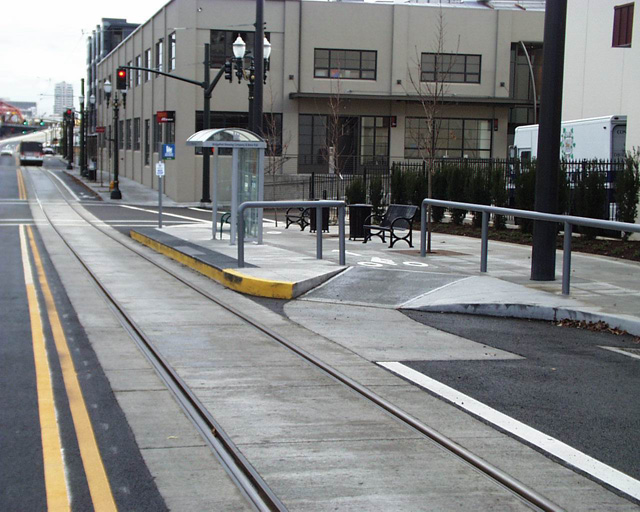Tewder
Senior Member
The city should be designed around the transit methods of its population. If for example, 50% of the people use cars in the city, then they should get a good portion of the design input.
Well I highly doubt that 50% of Toronto is using a bike as a primary mode of transportation, and certainly not in the winter or in the rain. There should definately be bike-friendly routes around town, but this should not be the prime consideration along major arteries.






